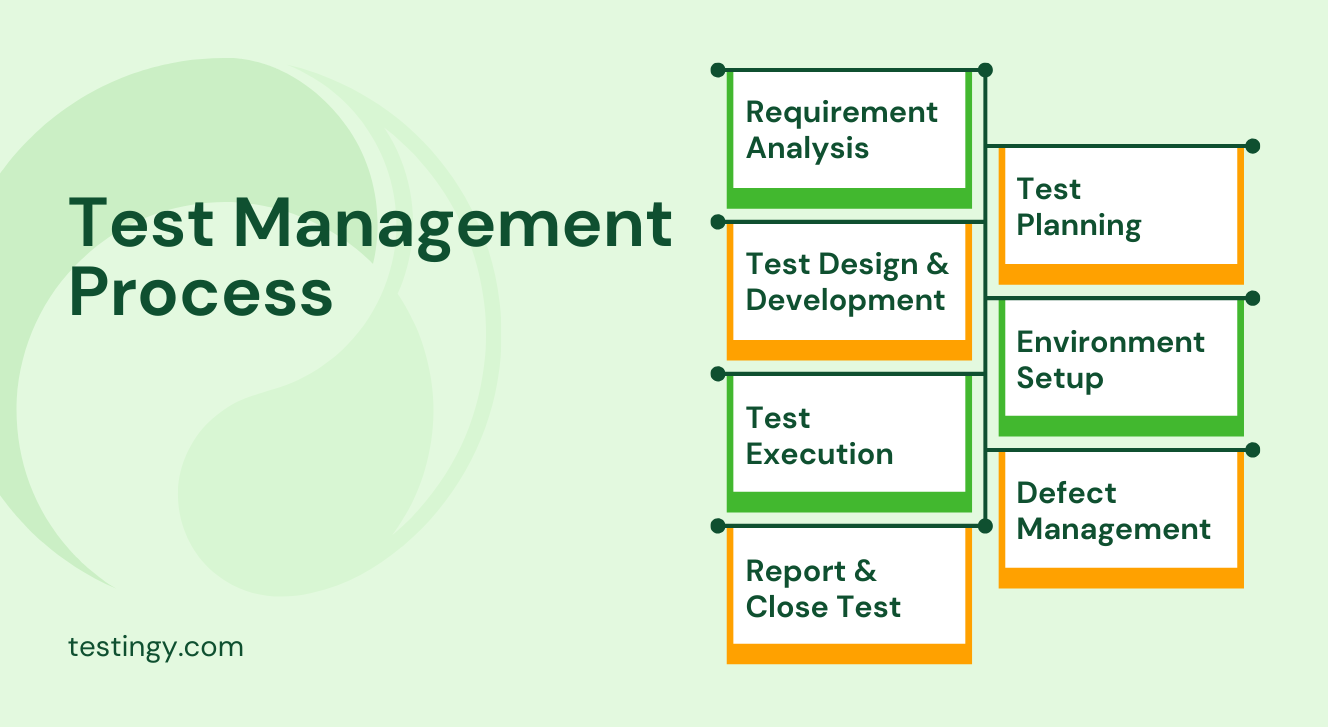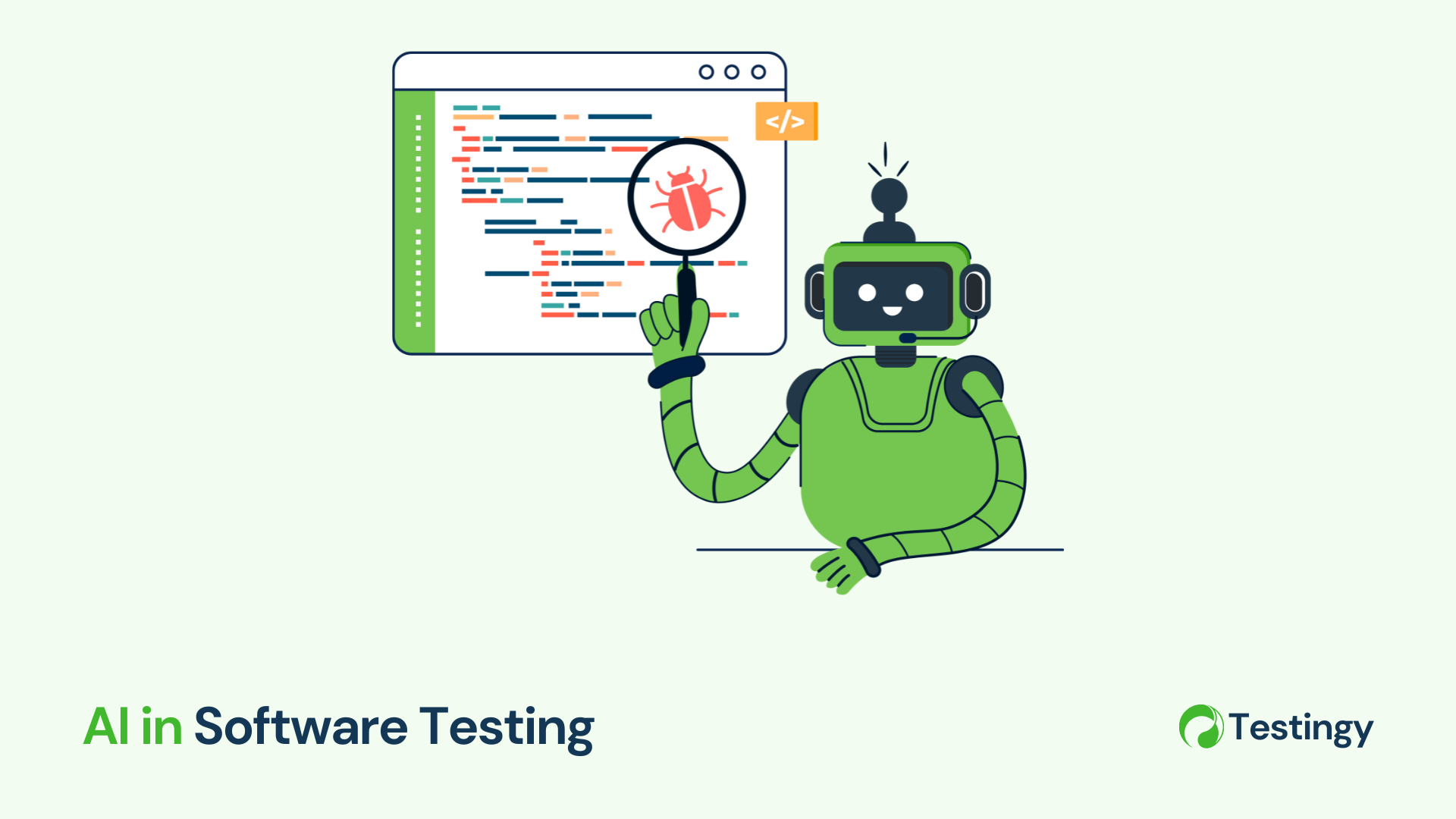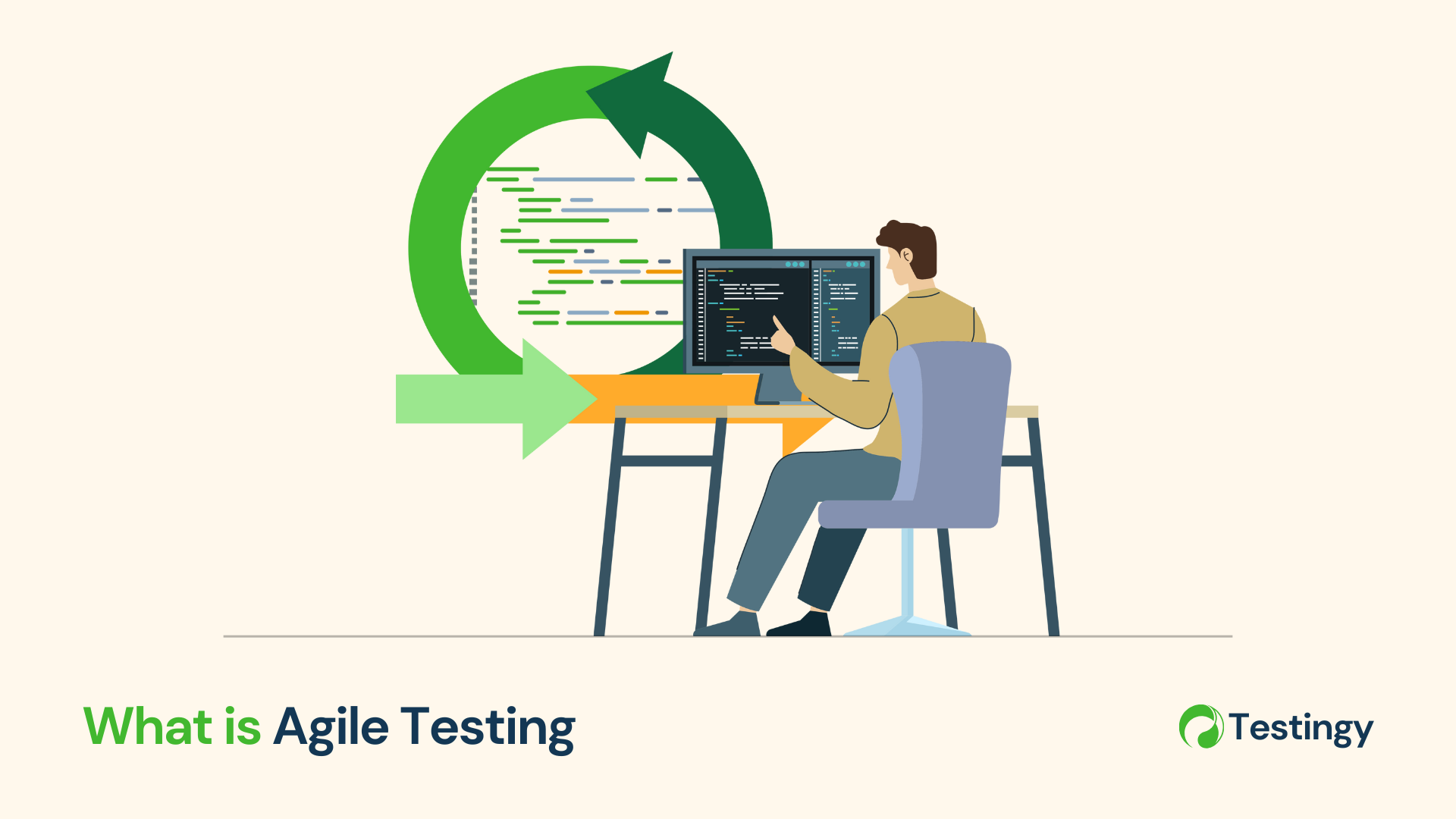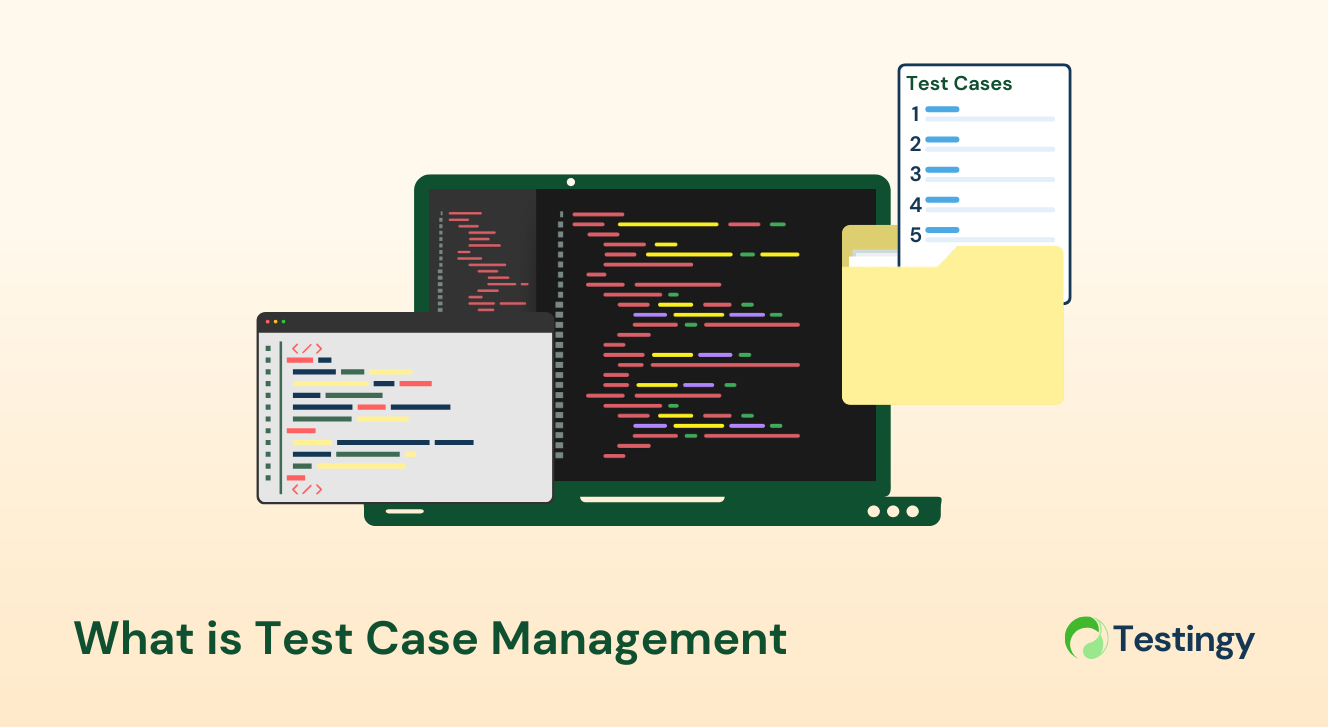As testers and quality assurance (QA) professionals, you understand the critical impact of a missed defect—a flaw that escapes detection can compromise a software release, erode user trust, and inflate costs.
This is where test management in software testing proves its value. It serves as the structured backbone for organizing and executing testing activities within the software development lifecycle. Far more than a checklist, it empowers you to deliver reliable software under tight deadlines.
In this article, we will examine test management, its vital role in your work, the key players involved, the detailed process it follows, and the obstacles you may face in upholding quality standards.
What is test management?
Test management is the disciplined process of overseeing all testing activities in a software project. It goes beyond executing test cases—your core expertise—to include strategic planning, resource allocation, and progress tracking.
It ensures that testing aligns with project objectives and delivers measurable outcomes.
This process involves defining the scope of testing, managing schedules, and utilizing tools to maintain efficiency. Distinct from the act of testing itself, test management in software testing provides the structure and direction needed to ensure comprehensive coverage and quality.
Its primary goals are to validate software functionality, optimize testing efforts, and confirm that all requirements are thoroughly assessed.
The importance of test management in software testing
For QA professionals, test management is indispensable. It underpins quality assurance, ensuring the software meets specified standards and performs reliably under real-world conditions. By identifying defects early, it mitigates risks, reducing the likelihood of costly post-release fixes.
Efficiency is another key benefit. A well-executed test management strategy optimizes time and resources, keeping projects within budget and on schedule.
It also provides transparency - detailed plans and metrics demonstrate to stakeholders that testing is thorough and effective. In modern methodologies like Agile and DevOps, test management adapts to rapid iterations and continuous integration, making it a cornerstone of contemporary QA practices.
Who is responsible for test management?
The responsibility for test management typically falls to the test manager, who orchestrates the testing effort. This role involves developing the test strategy, coordinating resources, and ensuring deadlines are met, requiring technical proficiency and leadership skills.
As testers, you execute this vision, conducting manual tests or leveraging automation to validate software functionality. Collaboration is essential. Developers provide technical insights, while product managers define requirements critical to testing scope.
In larger organizations, QA leads may share oversight, ensuring alignment with quality objectives. In smaller teams, these responsibilities might consolidate under one individual. Test management tools—such as Testingy or Jira—support these roles by streamlining workflows and maintaining accurate records.
The test management process in software testing
Test management follows a structured, systematic process that is central to your work as a QA professional. Below is an in-depth look at each step, with practical insights to enhance your execution.

1. Requirement analysis
The process begins with thoroughly reviewing project requirements to determine what needs testing. You collaborate with product managers and developers to clarify ambiguities in user stories, technical specifications, or business needs. This step involves identifying functional requirements, such as login functionality, and non-functional requirements, like performance under load.
Additionally, security requirements play a critical role here. You assess the need for secure data handling, user authentication, and protection against vulnerabilities like SQL injection or cross-site scripting (XSS).
For example, a banking app might mandate encryption for transactions and compliance with standards like PCI DSS. To ensure comprehensive coverage, you create traceability matrices that link requirements, including security-specific ones, to future test cases.
As a result, this ensures security testing, such as penetration testing or vulnerability scans, is planned from the outset.
2. Test planning
In this phase, you define the testing strategy and develop a detailed test plan to serve as the roadmap for the entire process. You specify objectives, such as achieving 90% code coverage, and outline the scope, including which modules to test.
The plan also details the types of testing—unit, integration, or regression—along with required resources, such as team members and tools, and a timeline for completion. You conduct a risk assessment to prioritize high-impact areas, like payment systems.
For example, a web app’s test plan might include browser compatibility testing across Chrome, Firefox, and Safari. Therefore, you should build flexibility into the schedule to account for unexpected delays or scope changes.
3. Test design and development
This step focuses on creating the test cases and scripts you will use to validate the software. You write detailed test cases that include preconditions, steps, and expected outcomes—for instance, “Enter the invalid password; expect error message.”
When automation is involved, you develop scripts using frameworks like Selenium or Cypress. An example might be a test case for an e-commerce checkout that verifies the correct discount application.
To catch gaps early, you conduct peer reviews of test cases and ensure they align with the traceability matrix established in the requirement analysis phase.
4. Test environment setup
Preparing a controlled environment that mirrors production is essential for accurate test results. To replicate operational conditions, you configure the necessary hardware, such as servers and software, including operating systems and browsers.
This step also involves setting up test data, like dummy user accounts, and addressing dependencies, such as APIs or databases. For a mobile app, you might establish emulators for iOS and Android versions. To streamline future efforts, such as regression testing, you document the setup process thoroughly.
Tools like Docker enable containerized environments, and Jenkins automates the configuration process.
5. Test execution
This phase marks the point where you execute tests to validate the software. You run both manual and automated tests as outlined in the plan, logging pass/fail results meticulously. Throughout execution, you monitor progress against the schedule and adjust priorities if critical issues emerge.
For instance, you might conduct a performance test to ensure the app handles 1,000 concurrent users without crashing. To stay on top of developments, you use dashboards to track real-time progress and identify bottlenecks promptly.
Selenium supports automation execution, while Jira facilitates progress tracking.
6. Defect management
Identifying, documenting, and resolving defects is crucial to maintaining software quality. When you spot a bug, you log it with detailed information, including steps to reproduce, severity, and screenshots, then assign it to developers for resolution.
You retest fixes to confirm they address the issue, tracking the defect lifecycle from “open” to “closed.” For example, a UI glitch, such as a misaligned button, might be logged as “medium severity” and resolved in the next sprint.
To manage efficiently, you categorize defects by impact, focusing on showstoppers first. Bugzilla or Jira streamlines defect tracking and resolution.
7. Report and close test
The final step involves evaluating the testing effort, communicating results, and preparing for the next cycle. You compile metrics, such as test coverage and defect density, and generate reports for stakeholders to review.
After completing testing, you conduct a postmortem to identify areas for improvement and document lessons learned. For instance, a report might indicate that 95% of tests passed, with two critical defects resolved.
To provide actionable insights, you highlight recommendations, such as increasing automation for regression tests. Finally, you archive test artifacts for audits or future projects. TestRail assists with reporting, while Confluence supports documentation.
Challenges of test management
Even with a robust process, test management presents challenges. Limited resources—constrained budgets, tight schedules, or insufficient staffing—can hinder thorough testing. Dynamic requirements often arise, necessitating rapid adjustments to test plans and cases, which can disrupt timelines.
Tool integration poses another obstacle; ensuring compatibility between testing platforms and defect trackers requires careful management. Team coordination can falter when communication breaks down between testers, developers, and other stakeholders.
Finally, the pressure to balance speed and quality—delivering quickly without sacrificing rigor—remains a persistent challenge in fast-paced environments.
Conclusion
For testers and QA professionals, test management is a vital discipline that transforms testing into a strategic asset. It ensures software quality, enhances efficiency, and fosters collaboration, all while navigating the complexities of modern development.
By mastering this process, you contribute directly to project success. Consider evaluating your current test management approach or exploring tools like TestRail to refine your practice—because in an era of increasingly sophisticated software, effective test management is the foundation of excellence.







